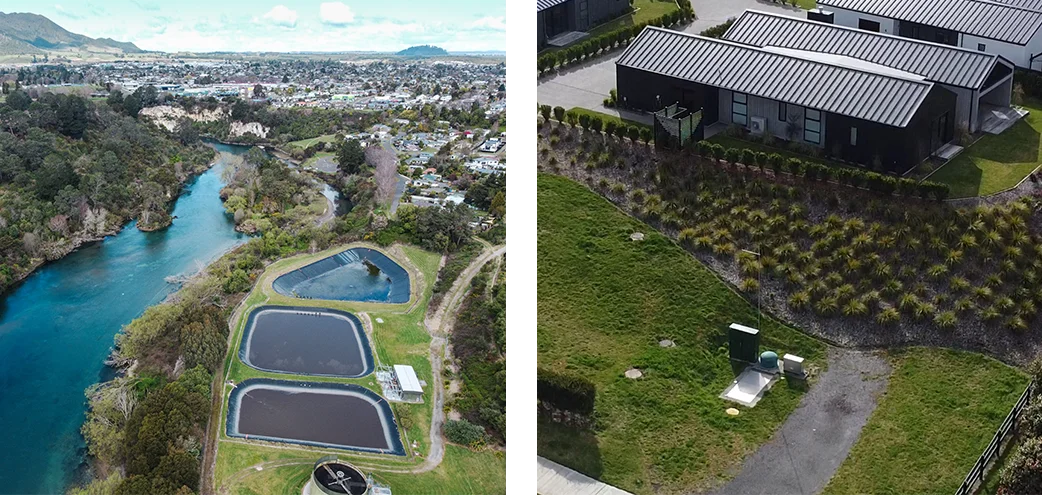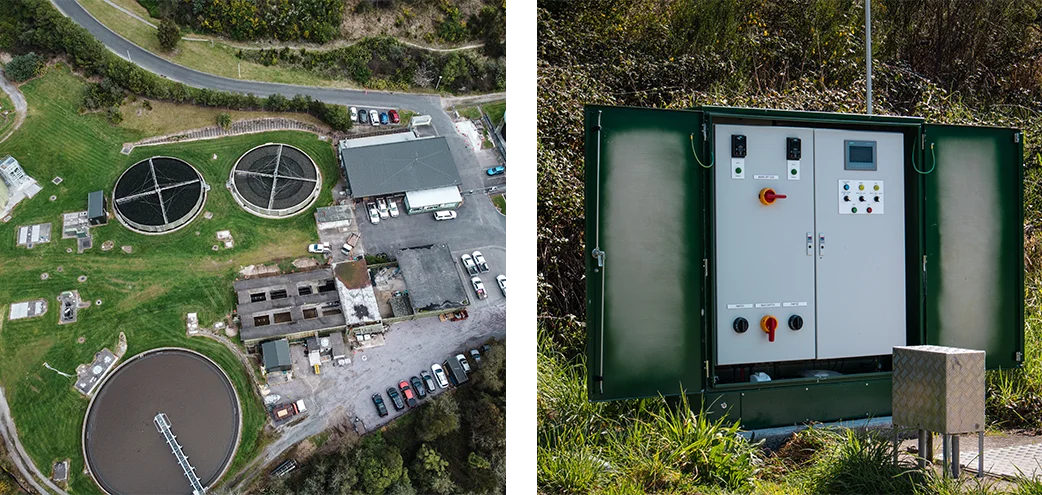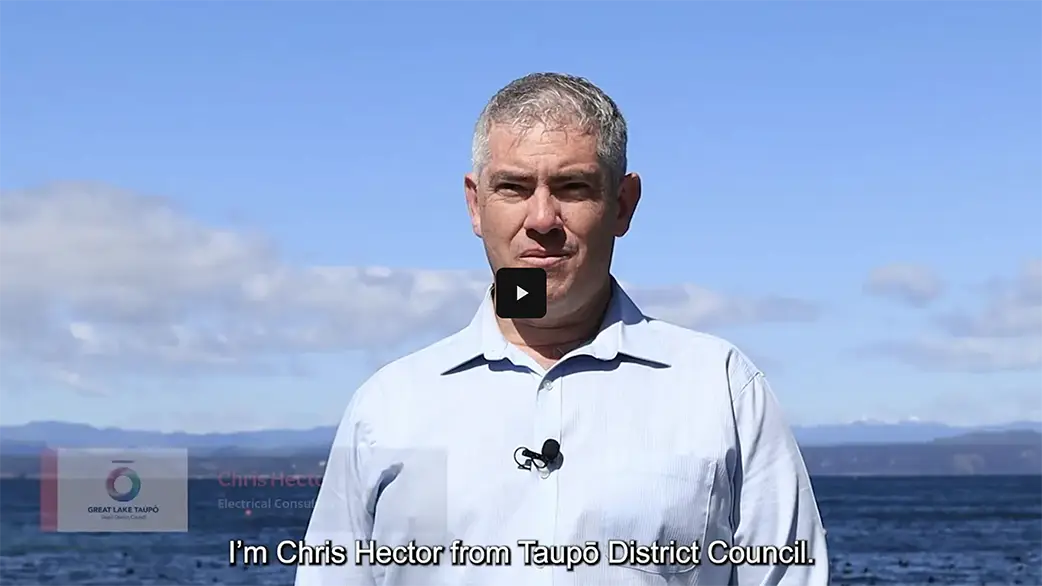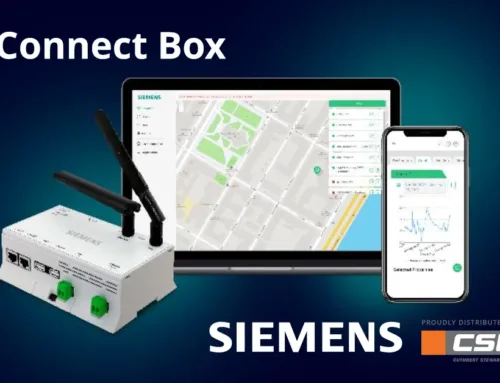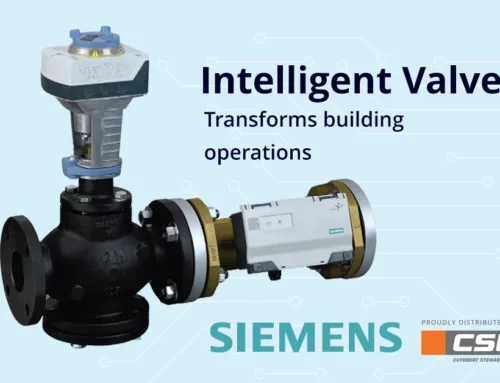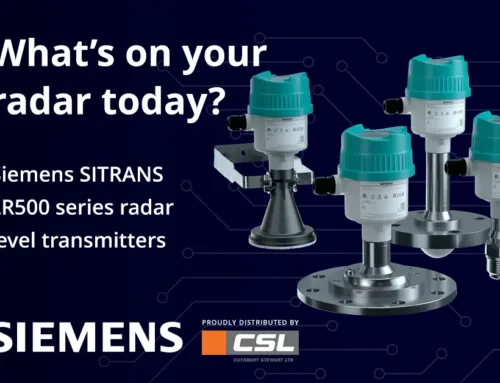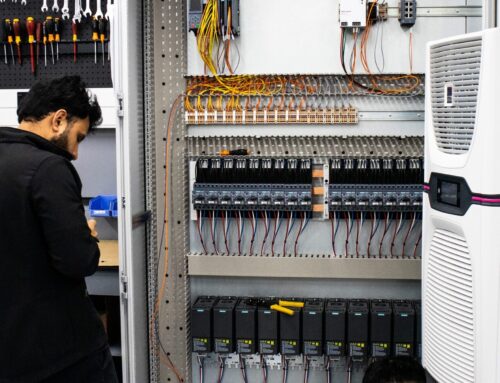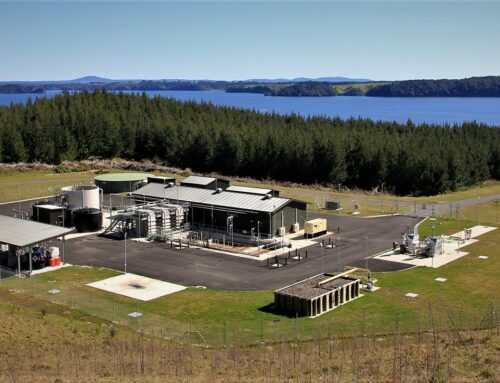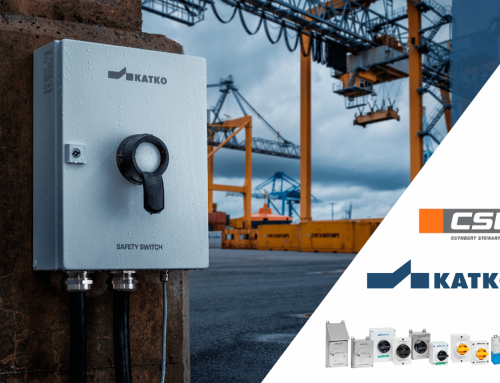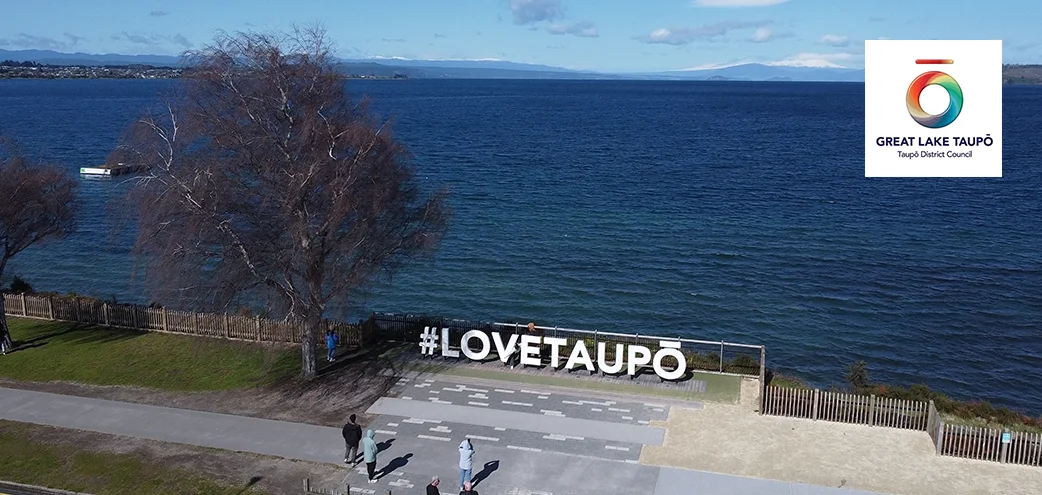

Innovating Regional Water
Just over 40,000 people live in the idyllic settings around Lake Taupo in the centre of New Zealand’s North Island and the tourist town’s population often increases to around 150,000 at various times throughout the year.
Along with being one of the country’s busiest holiday destinations in the summer months, Taupo is famous for its exciting calendar of motorsport, cycling, iron man and festival events and this influx of visitors regularly tests the region’s infrastructure and requires careful ongoing management.
Chris Hector, an electrical consultant working for Taupo District Council, says that ensuring continuity of service in water and wastewater for residents and guests is a critical factor in maintaining Taupo as one of New Zealand premium tourist destinations.
“Taupo’s tourism economy thrives on visitors having an amazing experience when they visit, and the district council commits to maintaining resilient infrastructure that can facilitate large population increases. Delivering reliable services and amenities for ratepayers and guests year-round is of huge importance,” he says.
In 2020, this ongoing focus on essential services identified a need to address the region’s wastewater infrastructure to relieve strain on Taupo’s wastewater treatment plants and ensure reliable operation as the region attracts ever-growing numbers of visitors.
“Many of the pump stations that control the numerous wet wells around the region were scheduled for refurbishment or replacement. The conventional approach of addressing faults or breakdowns on a case-by-case basis had resulted in a disparate mix of hardware which could introduce increased costs of long-term maintenance and repair,” says Hector.
Technology innovations and approaches that could deliver greater efficiency, performance and control to Taupo District Council’s wastewater system were available but exceeded the budget available to address over 60 wet well sites in a single project.
“The district council recognised that finding the right solution at the right price for a comprehensive overhaul with modern technology would provide long-term cost reductions, but any solution delivering this would need to halve the upfront costs to be feasible,” says Hector.
Through careful partner and product selection, Taupo District Council was able to embark on a technology-driven, smart upgrade project for the network-wide replacement of its waste-water pump stations.
Stepping away from convention
Opting for a standardised technology approach enabled a viable upgrade programme to be established with reduced maintenance costs for the lifetime of the equipment taken into account.
Consistent hardware selection significantly reduced the council’s spare and replacement parts stock-holding requirements while removing complexity from installation and ongoing maintenance.
Remote monitoring and interrogation along with smart, sensor-based control introduced improved visibility, efficiency and minimised wear and tear on components such as variable speed drives.
“A key aspect of this process from the outset was addressing the unique requirements at each pump location. Alongside obvious factors like forecasting load requirements and future scalability the district council also prioritised consideration of the environmental impact at each location to protect against the prevalence of H2S gas due to Taupo’s geothermal climate,” says Hector.
With this location-specific analysis in hand Taupo District Council was able to work with a partner that specialised in smart manufacturing approaches, could provide easy access to the hardware required and rapidly deliver the standardised design at the right price.
In 2022, after the covid pandemic, Cuthbert Stewart Limited (CSL) sourced the products required for Taupo District Council’s two-pump controllers and began assisting the manufacturing process from its Auckland engineering centre. Using its precision tools, CSL was able to deliver quick and precise enclosure modifications and engraved labelling solutions.
Phase one of the project implemented successful pilots of the technology before phase two concluded with 33 new two-pump controllers installed and operational.
By the end of 2024, phase three of the project was completed with 60 two-pump controllers in operation throughout the Taupo region.
Chris Hector says that Taupo District Council deployed a standardised, technology-based solution with superior control, monitoring and alerts available to its team at a moment’s notice. This improved network visibility ensures a faster process to restoring normal service in the event of an outage or issue while providing accurate resolution timelines to the public with confidence
“The district council recognised the advantages of the standardised manufacturing and installation approach first-hand when a fire occurred at an existing pump station. It was essential that normal operational service was resumed for local residents, and the fire department provided the all clear at 7pm. Maintenance technicians were able to change out the drives and install the new panel, restoring service by 6am the following morning; a complete pump control station refit in an 11-hour turn-around” he says.
Innovative, Standardised Solution
CSL managing director, Phil Elliott says that the extensive work performed by Chris Hector and Taupo District Council provided the perfect footing to deliver this exciting project at the right price.
“Our team puts considerable effort into streamlining its approach to remove barriers for organisations like Taupo District Council to reap the rewards of smart technology decisions,” he says.
CSL had created the first two-pump controller, a variation to Taupo District Council’s eventual model, in its TechLab Engineering Centre incorporating products from its suite of world-class manufacturing brands and proving the engineering approach.
From Siemens came the two G120C VSDs with cabinet mounted control panels, a touch-screen HMI for easy system configuration and interrogation and the PLC with a compact RTU enabling full visibility and communication of system operational data.
The power supply and the DC UPS system along with terminals and relays are from Weidmuller, while the changeover and isolator switches are from Katko.
All this innovative hardware is protected by a Rittal AE cabinet with a powder-coated aluminium construction that is IP rated and delivers superior protection against H2S gas.
“We welcomed this project in particular because it has reset the benchmark for a forward-thinking and long-term approach to New Zealand infrastructure. We are extremely proud to have been able to facilitate Taupo District Council’s vision as it fits with our ethos of leveraging technology to deliver continuous and sustainable improvement,” says Elliott.
Chris Hector says that not only did the standardised design approach and streamline manufacturing process enable a successful business case to be built, but further savings were achieved in the deployment process with each unit able to be installed by electricians and engineers without the need for controls specialists to commission the units.
“The design incorporates an SD card commissioning methodology which has been a real game changer in installing and administrating the units. By locking-out the core programming code and creating an SD card with the unique commissioning data for a specific unit, any technician is then able to remove the existing card, insert the new, follow the wizard in the touch-screen HMI and see that two-pump controller running at peak performance immediately,” says Hector.
Through a well-tuned mix of smart manufacturing, standardised design and careful product selection, Taupo District Council worked with CSL to reduce the overall cost of the project to 60% lower than a conventional approach.
Having achieved this the district council is now able to include the resulting operational savings into its long-term budget and consider other projects such as work on the region’s wastewater treatment plants.
NZ-Wide Potential
With 60 two-pump controllers now in operation throughout the Taupo region, 2025 will see the project move onto refurbishment of newer pump stations where the technology and solution will be retrofitted inside of existing enclosures along with the rollout of this technology approach to the many step-stations that make up Taupo’s wastewater network.
Chris Hector says that successfully reaching this home stretch of the project has really validated the standardised approach and the good decisions Taupo District Council has made along the way.
“The government’s intention for New Zealand’s water network is ‘local water done well’ and this standardised pump-control solution can contribute to these goals. In addition to the much lower costs of deployment, the two-pump controllers will continue to deliver performance advantages to the Taupo region.
The solution has already gained a positive response when presented at the 2024 Water New Zealand conference and CSL’s annual iSPEC technology & innovation showcase, with Water New Zealand and other New Zealand councils taking note.
Phil Elliott believes that this project has not only delivered a valuable wastewater network upgrade for the people of Taupo but has paved the way for a smarter approach to infrastructure lifecycle management throughout New Zealand.
“Embracing technology and combining a standardised design and manufacturing approach with proven engineering principles can deliver enormous advantages. This is a pivotal innovation for the water industry and its our hope that this successful project paves the first steps for consideration across New Zealand industry and infrastructure,” he says.
Chris Hector agrees, pointing out that the strong design and engineering principles that underpin the solution can be very easily adapted to the unique requirements of other New Zealand locations.
“Forward-thinking, technology-driven decisions result in more reliable infrastructure that remains cost-effective for its operational lifetime. Additionally, the standardised manufacturing approach has shown to be adaptable in accommodating the unique requirements of different geographies, populations and environmental considerations,” he says.
